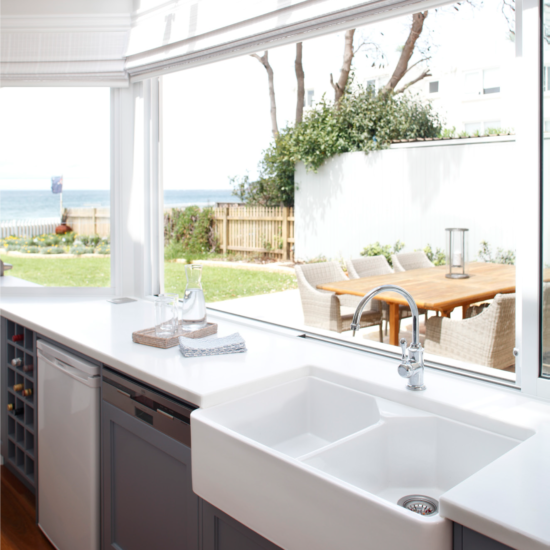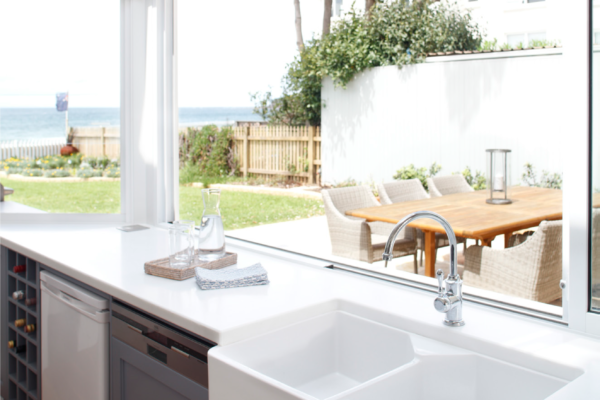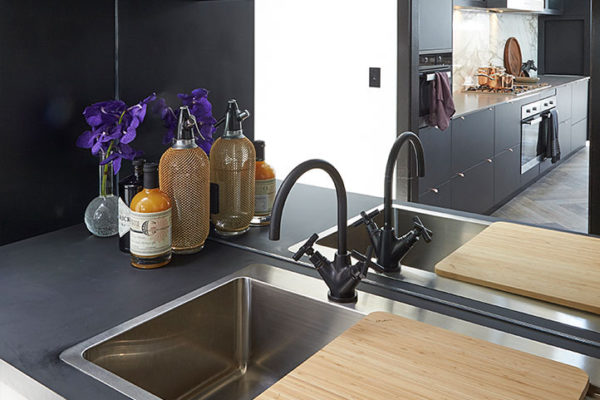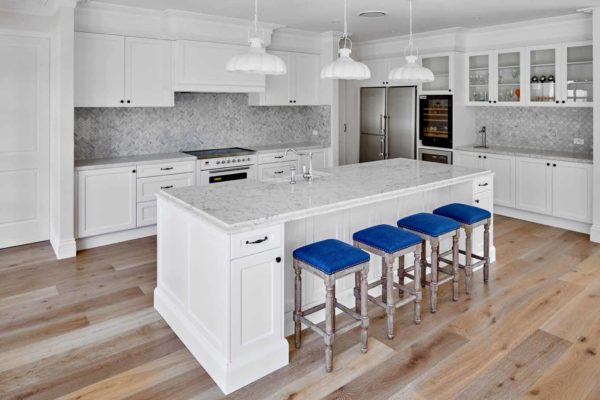
The Italian Influence on Kitchen Design
Around the world, Italian interior design is one of the most popular, and for a good reason.
Italy is one of the oldest and wealthiest cultures on earth. Few countries have had such an impact on humanity in the same way Italy has. In particular, through the 14th and 15th Century, the Renaissance period has helped to shape modern art, architecture and design as we know it today.
Being Italian is synonymous with having a love affair for food, and it is through this passion and vibrant culture that the kitchen has become the centre of family life for many Italians, over many centuries.
They see food as an inspiration and the kitchen as the cathedral for daily life within the home.
Italian interiors are beautiful, with a lot of elegance and style, and you can see this when you look at a modern Italian kitchen because it is more open to other rooms.[/vc_column_text]
All kitchens no matter which country they're from, have to be organised, clean, neat and tidy, but it is the Italian influence that puts a higher level of attention towards the style and design of the kitchen.
Italian’s have become the master of being able to blend tradition with contemporary design. Through that process, you end up with this very comfortable interior that exudes warmth and positive energy, but also looks sleek and elegant. The use of stone benchtops and splashbacks help you to achieve this in a more classic sense.
In a more modern sense, minimalist interior designers will instinctively look to use open spaces filled with lots of light. The most common colour that prevails in any Italian kitchen, and Italian interiors in general, is white.
When you think of Italy, you quite often get this image of large families gathered in the kitchen to celebrate a particular occasion with some of the worlds most famous (and tasty) foods on offer.
Some of you may imagine quick family meals in a rustic setting accented with earthy colours, and others might daydream about the sleek styles laced with the exuberant class that is now associated with modern Italy.
Most people would agree that Italy is strongly associated with food and the kitchen; many other cultures and countries around the world can boast the same. The ability to blend the old with the new has kept their ‘style’ in fashion for so long.
When many of our customers request an Italian style in their kitchen design, we will always ask which side of that equation that they would prefer to come out on top.
For example, lets briefly take a look at the history of Italian kitchen design and its influence on today’s homes.
If the more pastoral version of Italian kitchen designs appeals to you, then you’ll probably be a fan of Tuscan design.
Tuscan design, of course, comes from Tuscany in Italy’s north. Tuscany’s grassy hills sweep across the horizon. A landscape dotted with cypress trees, the people of Tuscany have always had a great deal of respect for tradition.
Italian’s, in general, don’t have a unified belief that the old should be replaced by the new, for its own sake. This underlying cultural belief is responsible for preserving much of their history and architecture, allowing stone and brick walls to remain unplastered so that later generations can appreciate the craftsmanship of the past.
This is partly why exposed walls are used today as an element of this style. Cabinetry now comes in a range of styles that make it appear to be distressed, and quite often this referred to is a Tuscan-style kitchen. For anyone looking to design a more modern and sleek Italian kitchen, we would explore how this style emerged in Italy following World War II.
Much of the world throughout the post-war era interest held a genuine interest in technology, manufacturing and industrial development. So it was this era that gave birth to sleek, smooth-fronted cabinets in various colours and the use of metallic surfaces.
Like a lot of modern ‘movements’, contemporary Italian design began as a reaction to the old ways of doing things whether that was aimed at the government or interior furnishing.
The emergence of new materials, like lino and stainless steel, made possible by advances in industrial technology, also provided designers with new mediums to work with.
Simple, geometric designs and functionality were prized more than the intricate, antique wooden furniture that had once predominated design.
Few design influences are as eclectic as the Italian influence, but likewise, few are as exciting to explore.






